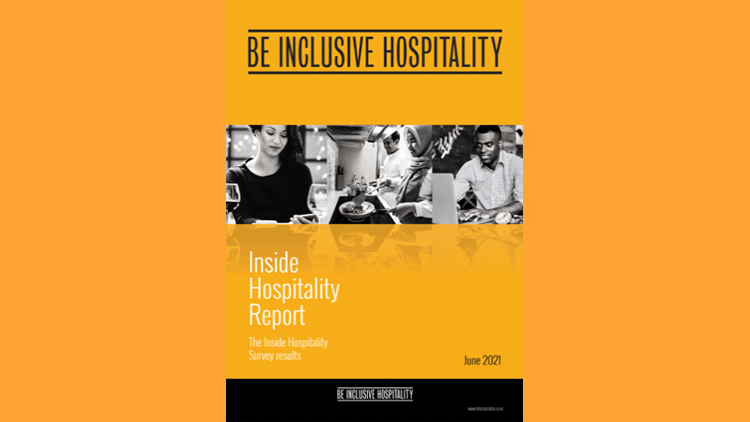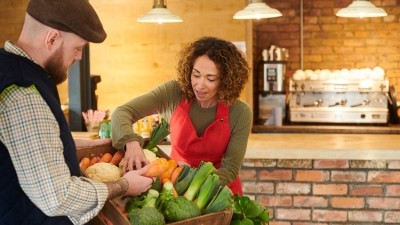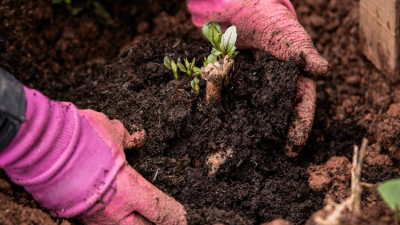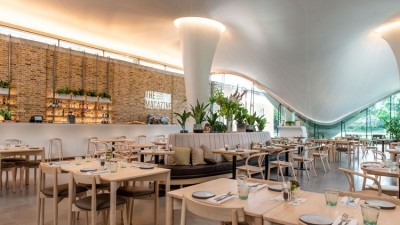Six sustainability trends for 2021

1. Tackling food waste head on
It’s becoming increasingly clear that avoidable food waste is simply unacceptable. According to the Sustainable Restaurant Association (SRA), UK restaurants are throwing away 18% of the food they buy. Clearly that’s terrible news for the planet - it’s estimated that food waste accounts for a staggering 8% of greenhouse gas emissions – but at a cumulative cost of £3.2bn it’s equally disastrous for the bottom line. The Frog chef Adam Handling is of the view that there is no such thing as ‘food waste’ and has created a restaurant to prove it. The inaugural Ugly Butterfly in Chelsea was sadly a causality of the pandemic but the restaurant is about to be reborn in Cornwall’s Carbis Bay Estate. The 65-cover site will offer an all-day dining experience that uses ingredients sourced from in and around Cornwall. Trims and offcuts from ingredients used in the restaurant will be repurposed to create drinks and snacks for the bar area. Handling has appointed Jamie Park, previously head chef at The Frog by Adam Handling in Covent Garden, to oversee the new Ugly Butterfly kitchen. “Jamie is hugely passionate about sustainability, in all forms, and this is the perfect place for him to explore every possibility to create great food, whilst getting us closer to our ultimate goal of 100% zero food waste.”
2. Rethinking what local means
With the pubic mandated to stay local for much of 2020 and into 2021 the pandemic has reshaped views on what localism means. “With local cafés and restaurants supplying groceries during lockdown we’ve seen more of an emotive connection with F&B businesses. That’s great and it’s highlighted there was some connectivity missing in that regard,” says WatchHouse coffee founder Roland Horne. WatchHouse is one of a growing number of branded businesses to differentiate its sites by taking characterful spaces and fitting them out in a way that chimes with the locality. Alongside differentiation and tweaking concepts to suit local markets, 2021 will see restaurants work much more closely with their local communities and continue to up their local sourcing game. Leading the charge in this regard is Pizza Pilgrims, which is now getting the 4.5 tonnes of basil it gets through each year grown for it in London rather than flying it in from sunnier climes.
3. Tightening up fish sourcing policies
Following the controversial Netflix documentary Seaspiracy, the fishing industry has never been under more scrutiny. Restaurants are feeling the heat too and therefore need to be able to justify their fish sourcing policies. Customers increasingly want to know exactly where the fish on their plates is from and how it has been caught. “Consumers and buyers are paying greater attention to the steps taken by the seafood industry long before the protein hits their plate. They’re asking many questions about how and where their seafood was caught, is it farmed or wild, what steps are taken to prevent overfishing or to protect the marine and local environment,” says Sarah Johnson from Alaska Seafood Marketing Institute (ASMI), the body responsible for promoting wild-caught Alaskan seafood. Restaurants should look for sources of seafood that are both transparent and managed by scientists. “In Alaska, sustainability is built into the constitution, we are legally required to protect the marine environment and the livelihoods of generations of fishing families,” Johnson continues. “We are inspired by this growing curiosity. We have launched a “Seafood University” for chefs to answer these and many more questions, from species information to understanding full utilisation of the fish. We’re eager to relay the many steps our industry takes to ensure that the seafood from our waters is healthy not only for your body but for the environment and Alaska communities as well.”
4. Regenerative agriculture
Though it received less attention than Seaspiracy, another documentary worthy of the industry’s attention is Kiss The Ground, which highlights the plight of the planet’s soils and advocates regenerative agriculture. This is likely to become a more common term on restaurant menus with forward-thinking chefs becoming increasingly concerned that the way most crops are farmed is unsustainable. The good news is that regenerative agriculture - which improves soil quality through topsoil regeneration, crop rotation and the promotion of biodiversity - makes for produce that tastes incredible. “It’s simple. If you look after the soil and feed it properly it will produce amazing products that are very high in nutrition. A lot of people still don’t realise that nutrition and flavour are the same thing,” says high-profile chef turned grower Dan Cox of Melilot Farm in Cornwall. “The reason most fruit and vegetables are affordable is because they have been farmed in an inconsiderate way with soils that are inert and fed with chemical fertilisers. You are what you eat and you are what the thing you eat eats.”
5. People really do matter
Sustainability isn’t just about food, energy usage and recycling. It’s about people, too. Restaurants are starting to take their responsibilities to their workforce (and customers) more seriously with progress currently being made to tackle the lack of representation for Ethnic Minorities in kitchens (above the rank of kitchen porter, at least). But there’s much more to do in this regard, as a recent report from industry body Be Inclusive Hospitality highlights. It found that more than half of all hospitality professionals from Black, Asian or Ethnic Minority backgrounds have experienced or witnessed racism in the workplace. Of those hospitality professionals surveyed, 42% of Mixed hospitality professionals felt their race/ethnicity has hindered their career progression, while 56% of Asian hospitality professionals and 41% of Black hospitality professionals felt the same. Just 7% of White hospitality professionals felt their race/ethnicity has hindered their career progression. In more positive news there is a clear appetite for education and training around race and ethnicity within the workplace, with 60% of respondents saying that while they have not received any appropriate staff training or education, they find the idea appealing. “The sector is currently suffering from severe staff shortages, so now is surely the right time to make sure that a better hospitality sector is rebuilt, where all people can thrive and develop their careers, not those that are in a privileged position,” says Be Inclusive Hospitality founder Lorraine Copes.
6. The rise (and rise) of plant-based
Branded plant-based restaurants were a rapidly growing part of the market prior to the pandemic but the latter half of 2021 will see an acceleration due to an increase in demand for vegan products and greater availability of prime restaurant space. In pole position will be Lewis Hamilton’s Neat Burger, Purezza, Halo Burger, Clean Kitchen Club, Erpingham House and Flower Burger. Chef Tom Kerridge is also getting in on the plant-based action with Bad Vegan, so called because it offers a ‘fundamentally’ vegan menu in a bid to introduce more people to plant-based food but unlike most establishments in the space will also offer non-vegan toppings and sides. “Our principles are simple – we want to encourage people to make small changes to their diet, incorporating more plant-based food,” says co-founder Mark Emms. “We know that a growing number of consumers want to commit to this, but a purely vegan diet isn’t for everyone, so by adding a small amount of non-vegan elements our food retains familiarity whilst being predominantly vegan.” By the same token, expect more top-end places to give more menu real estate over to dishes that are either plant based or mostly plant based.

























